AR Journalism with RealityCapture
Shift from storytelling to story living with RealityCapture: How emerging technologies are shifting the way journalists tell stories.
Robert Hernandez is a professor of digital journalism from the USC Annenberg that teaches every semester a course called JOVRNALISM. This course is dedicated to the new, emerging technologies, like 360° videos, virtual or augmented reality, and how a journalist can use them to better tell their stories.

These new technologies are helping us put ourselves in other people's shoes, to better understand their life situation. We can enter the world of different people’s stories, get a better perspective of another person’s life and instantly be more empathetic. Robert Hernandez is explaining: „This is what makes photogrammetry so compelling for non-fiction, journalism pieces. It's not an artist interpretation, but the actual thing. It's like stepping into a photograph and experiencing it directly. This truly changes how we tell and consume stories.”
The realness is a part of being a journalist, to work with the code of ethics to bring real, valuable information to the public. And VR/AR technologies are making this possible as nothing before. As said he continues: „We are shifting the stories from storytelling to story living.“
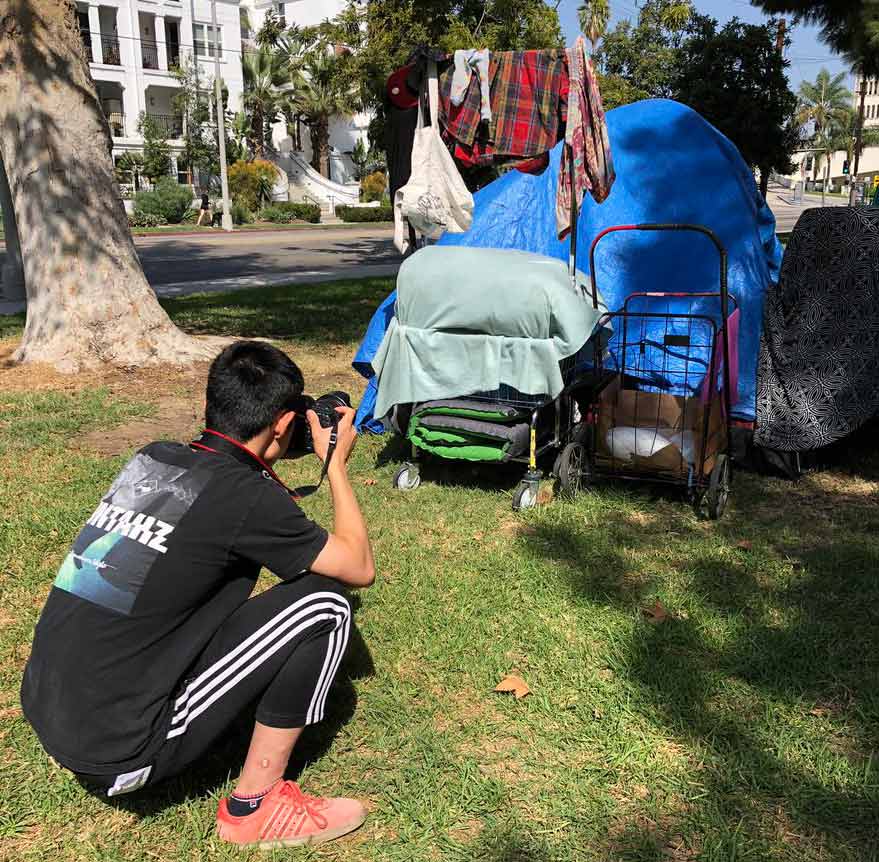
Homeless Realities is the most recent project the JOVRNALISM students were working on. 11 participants with a difficult living situation on the street were chosen to join this program for two weeks during which the students were taught to capture their immersive stories with the use of a 360° video, as well as create their stories in augmented reality.
The first step in the process was to produce some 3D assets. Photogrammetry is an easy technology to do so, even without being a 3D artist. RealityCapture software was chosen as the fastest and most reliable photogrammetry software on the market. „We are journalists in the field experimenting with photogrammetry, so we need applications that work on deadline. RealityCapture does just that.”
After creating the 3D models, the next challenge was the distribution. How to get these amazing 3D models into the hands of the general public to experience the augmented reality? A Snapchat’s Lens Studio platform, helped them overcome this issue. The 3D files had to be optimized and reduced to fit the strict file limitations. The students did a great job and even combined the AR experience with the storytelling audio, so they created a truly immersive experience.
To see the different stories and what students created, launch the Snapchat app and scan each of the Snapcodes below:
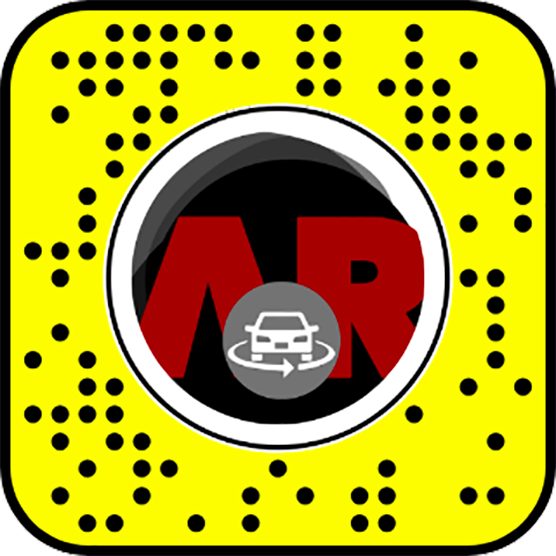
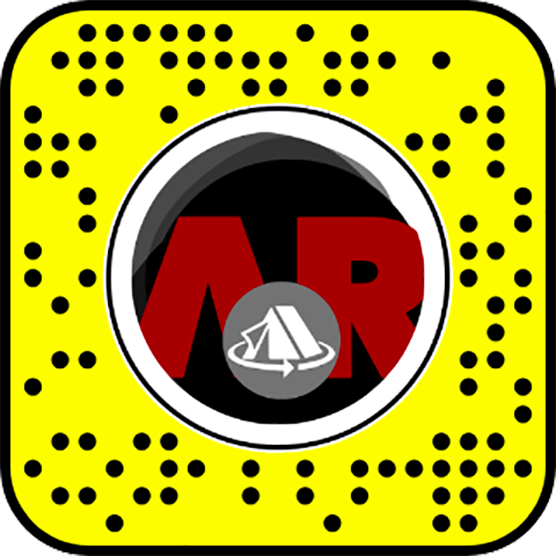
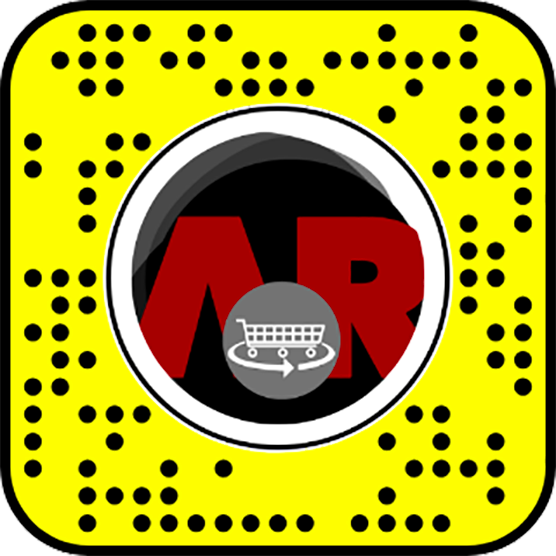
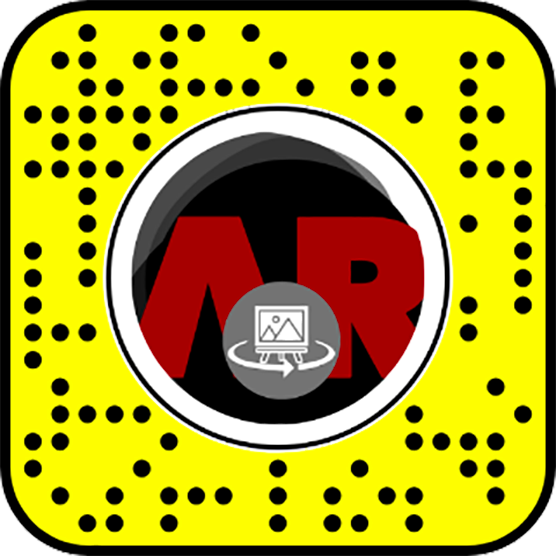
From left: Angela's car, Jennifer's tent, Mike's cart, Tabia's art
[Images Credit:JOVRNALISM]